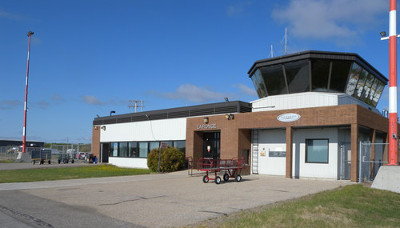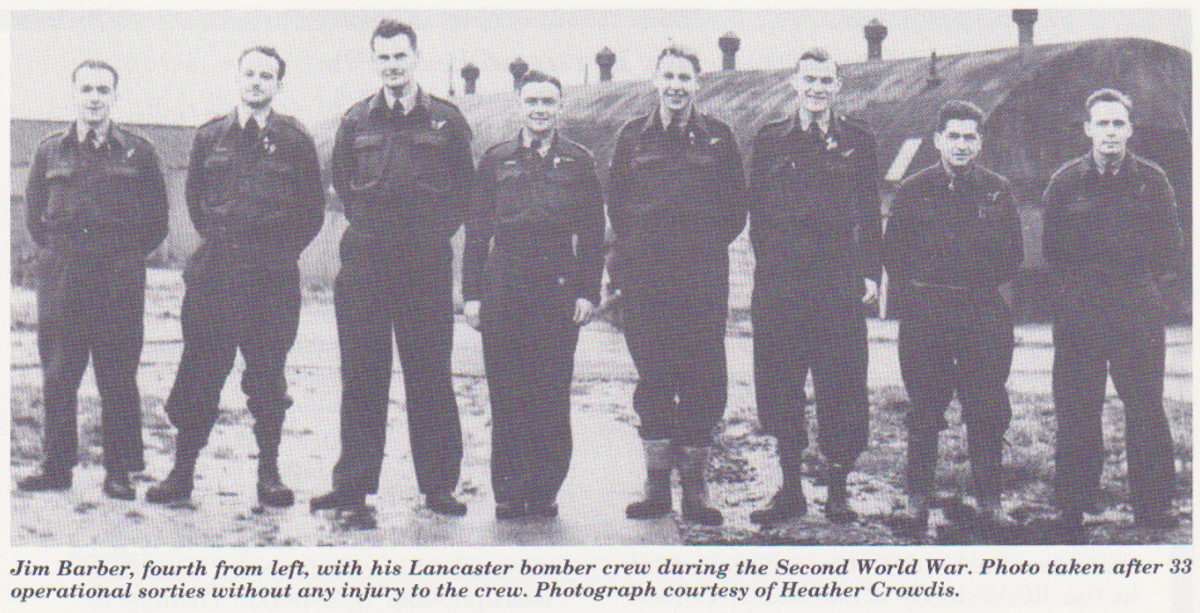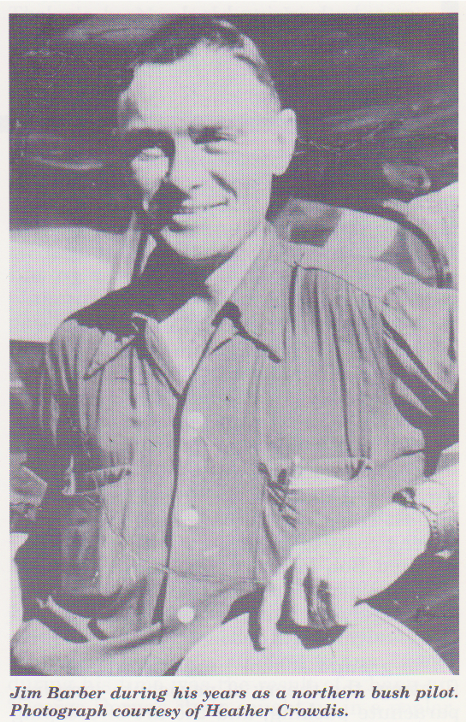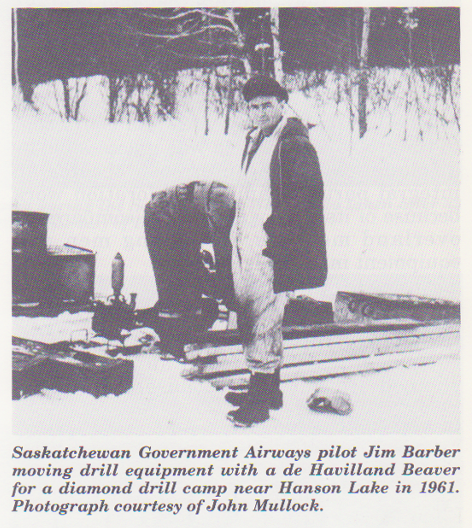
Barber Field
A regional airport with large responsibilities, the La Ronge Airport is aiming to build on its past legacy of service to the north, while looking forward to a bright and sustainable future as the aviation hub of Northern Saskatchewan.
What’s in the Name?

The new La Ronge Airport was named Barber Field after Jim Barber. Jim Barber first became interested in airplanes when he saw them flying overhead as he broke horses on the family homestead near Whitecross, Alberta. At the age of 23, in 1942, he joined the Royal Canadian Air Force.
During the Second World War, Barber earned his Pilot’s Flying Badge and held the rank of Flight Lieutenant. He was awarded the Distinguished Flying Cross, the Canadian Volunteer Service Medal and Clasp for volunteering and serving overseas, and the France-Germany Star for seeing action in the European war theatre. G.T. Rowan recalled that at that time Barber was the youngest pilot in the RCAF to fly a Lancaster bomber. His heroic exploits included saving his crew by bringing his damaged airplane safely back to base and flying low under enemy fire to drop his bomb load on strategic sites.
Near the end of the war, Barber married Jean Newby who was also a member of the RCAF stationed in Ottawa. After their years of service, the couple moved to Buffalo Narrows where Barber flew for Len Waite’s companies, Waite Fisheries and Northern Airlines. A few years later, Waite sold his business to Saskatchewan Government Airways, and Barber moved over to the SGA base at La Ronge.
Long-time northern Saskatchewan pilot Lloyd Reid recalled Barber’s bush flying skills:
He was famous for being able to get around the country in horrible weather, and he’d make it safely to wherever he was going. I remember one story where he was dilivering ballot boxes through the north. He’d call ahead, say to Uranium City, to say he’d be landing in so many minutes, and they’d say well you can’t land here it’s zero visibility. But old Jimmy would come in and land and drop off and away he’d go again! He was quite famous for that type of flying.
During his time with SGA, Barber often flew for the exploration company Canico. After the close of Canico’s exploration operations in Saskatchewan, Jim Barber continued to fly for Canico in the Northwest Territories and Manitoba. With his familiarity with company operation and personnel, Jim Barber became one of the Canico family. John Mullock of Canico recalled working with Barber:
Jim Barber was a good pilot, dedicated and excellent navigator, and not afraid of work. During the long evenings in camp in winter months, Jim spent time around the dinning table with Canico personnel to discuss many topics. The most common, especially when visitors were present, was about experiences in the north. He always had a supply of pocket books, and when he was delayed by weather (or on a long flight on a nice day!) out would come the book.
John Finch, who was with SGA at the time, recalls that whether SGA got the contract with Canico depended on if “Jimmy Barber was available as a pilot – so high was their regard for his common sense and ability.”
Many people around the north held the same high regard for Jim Barber. When Barber died in 1977, his last employer, Lamb Air , sent a DC-3 of friends, fellow employees, and businessmen from Thompson, Manitoba, to La Ronge to attend the funeral. To honour Jim Barber the new La Ronge Airport was named Barber Field.
Jim Barber


* Text and photographs from “Wings Beyond Road’s End” – Pahkisimon Nuye?ah Library System, La Ronge , SK, 1992